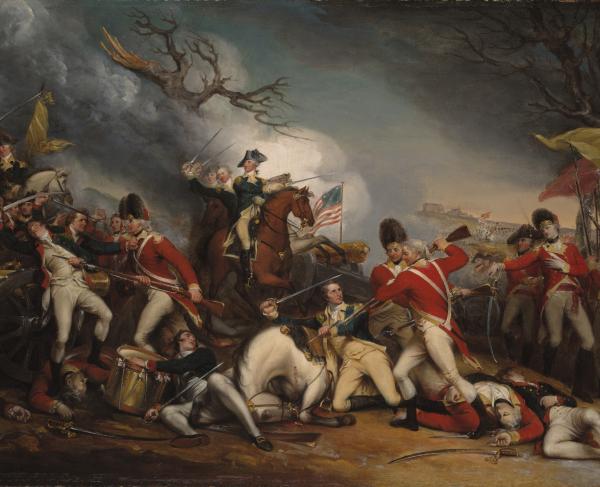Retreat to Smyrna Line


Stephen Davis
The day after his repulse at Kennesaw Mountain, Union Gen. William T. Sherman committed to flanking Confederate Gen. Joseph E. Johnston. He ordered John M. Schofield, who already held a position south of John B. Hood's extreme left, to march farther towards Ruff's Mill on Nickajack Creek. George Thomas' Army of the Cumberland held the center. James B. McPherson's Army of the Tennessee became the main force of maneuver. Sherman called for it to move from the army group's left, behind Thomas and then toward the Chattahoochee on the Sandtown Road.
Confederate observers atop Kennesaw Mountain saw McPherson's movement on July 2. Johnston realized that his army would again have to give up its position. As he had done at Kennesaw, Johnston had already told his engineers to construct a line farther south. Named for the nearby Smyrna Camp Ground, the new six-mile long Confederate position rested with Rottenwood Creek on its right, then turned southwest toward Nickajack Creek, where it refused sharply to the southeast. Confederates marched into these new works during the night of July 2-3. As at Kennesaw, Gen. William W. Loring held the right, William J. Hardee the center, and Hood the left.

With the Chattahoochee only three to five miles behind the Confederate line, Sherman thought that Johnston was only holding the Smyrna line long enough for his wagon trains to cross the river, and that McPherson's maneuver would force his retreat. On the 3rd, Thomas' troops marched through Marietta and came up on the enemy fortifications. Sherman ordered him to demonstrate against the Rebel works while McPherson and Schofield marched farther around Johnston's left.
Around noon of July 4—celebrated by Sherman's soldiers as a holiday—two of Thomas' brigades launched their demonstration. Near the Smyrna Campground they overran the Confederate rifle pits but failed to break the main enemy line, which was held by Patrick Cleburne's division, losing 270 men. Meanwhile, Federals also advanced 2.5 miles west of Smyrna Campground at Ruff's Mill on Nickajack Creek. Brig. Gen. John W. Fuller's brigade from the Sixteenth Corps advanced against the salient held by Stevenson's Confederate division. The Federals drove Stevenson's skirmishers back to their main line. Later, around 6:00 p.m., they charged the main line, forcing Stevenson to withdraw. The Southerners fell back and dug in. Union casualties in this action totaled 140 killed and wounded. Confederate losses are not reported.

The really important event on July 4 was the Federal advance which threatened Johnston's left. By 2:30 p.m. Confederate headquarters knew that at least one enemy corps had crossed Nickajack Creek in front of Hood. Johnston's chief of staff, General Mackall, rode out to Hood's sector to see for himself the danger posed by the enemy's entrenchments. Then, after 4:00 p.m., Lawrence S. "Sul" Ross, one of William H. "Red" Jackson's Confederate cavalry brigadiers, sent word that "the enemy is moving around my flank...My position here is no longer tenable...I am moving back." Finally, that evening, Maj. Gen. G.W. Smith, whose state troops were also on the left, wrote to headquarters that he would have to withdraw no later than daybreak. Johnston had no choice but to order the army to retreat during the night of July 4-5 back to its next position.


